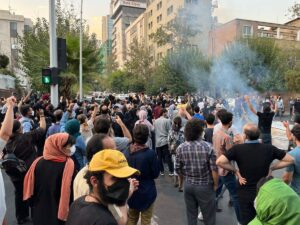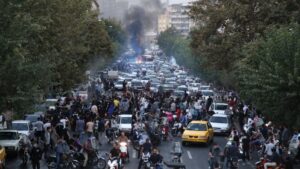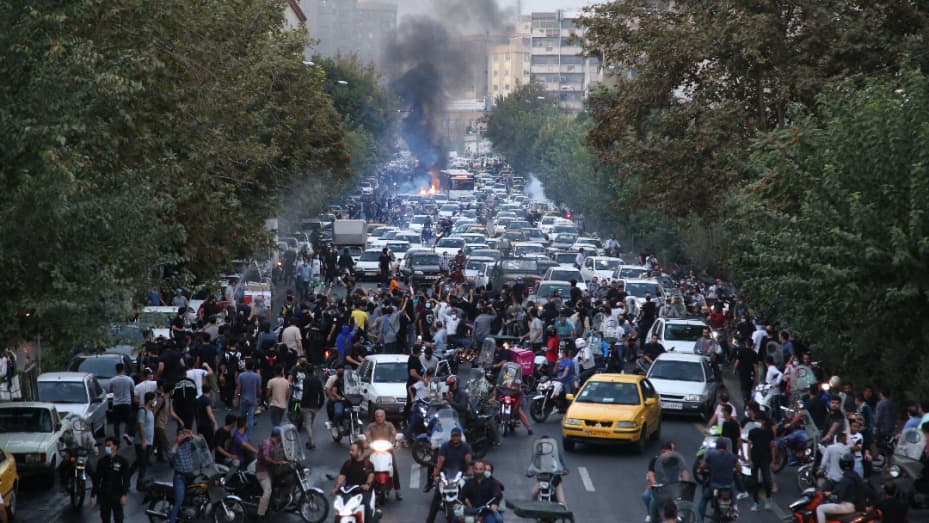According to local media, Iran has disbanded its morality police following more than two months of demonstrations that were started by Mahsa Amini’s arrest for allegedly breaking the nation’s female clothing code.
Since the 22-year-old Iranian of Kurdish ancestry passed away in detention on September 16, three days after her arrest by the morality police in Tehran protests spearheaded by women that the authorities have dubbed “riots” have rocked the country. Since Amini’s passing, an increasing number of women, especially in sections of Tehran, have refused to wear the hijab, as seen by the burning of their required head coverings and the yelling of anti-government cries by protesters. Attorney General Mohammad Jafar Montazeri was quoted by the ISNA news agency as saying, morality police have nothing to do with the judiciary and have been dissolved.
He made his comment in answer to a participant’s query about “why the morality police were being shut down” at a religious convention, according to the report. There has been some sort of government oversight of the stringent dress code for both men and women since the 1979 Islamic Revolution that toppled Iran’s monarchy with US backing. However, under President Mahmoud Ahmadinejad, the Gasht-i-Ershad, or “Guidance Patrol,” a morality police force, was founded to “promote the culture of modesty and hijab.” The units were founded by Iran’s Supreme Council of the Cultural Revolution, which is currently presided over by President Ebrahim Raisi.

They began their patrols in 2006 to enforce the dress code, which forbids shorts, ripped jeans, and other clothing considered immodest and also demands that women wear long clothing. The units would be eliminated a day after Montazeri claimed that “both parliament and the judiciary are working” to determine whether the law requiring women to cover their heads needs to be changed. In broadcast remarks on Saturday, Raisi stated that although Iran’s republican and Islamic foundations were firmly rooted in the constitution, there are ways of executing the constitution that might be flexible.
In 1983, the hijab was made obligatory. Officials from the morality police first issued warnings before starting to crack down and arrest women 15 years ago. The squads often consisted of men wearing green uniforms and women wearing black chadors, which cover their upper bodies and heads. Even among presidential candidates, the role of the units has changed but has remained contentious. It was notably under the moderate former president Hassan Rouhani that tight-jeans-and-a-bright-headscarf fashion standards started to shift. However, his successor Raisi urged the deployment of “all governmental entities to execute the headscarf law” in July of this year.

It further demanded that the Islamic republic formally announce the end of the morality police’s operations and enable peaceful demonstrations as recently as Saturday.
Iran accuses its adversary, the United States, its allies, including Israel and Britain, as well as Kurdish organizations operating outside of Iran, of inciting street protests. An Iranian commander reportedly claimed that more than 300 individuals, including dozens of security personnel, have died in the uprising.
- Misleading Video Alters Prime Minister Shehbaz’s Speech Targeting Political Rival, Not His Party - 21/04/2024
- ATC Grants Three-Day Remand for Suspects in Ichhra Bazaar Harassment Case - 19/03/2024
- Pakistan, India, and Bangladesh Lead World in Severe Smog Crisis, Exceeding WHO Guidelines - 19/03/2024


